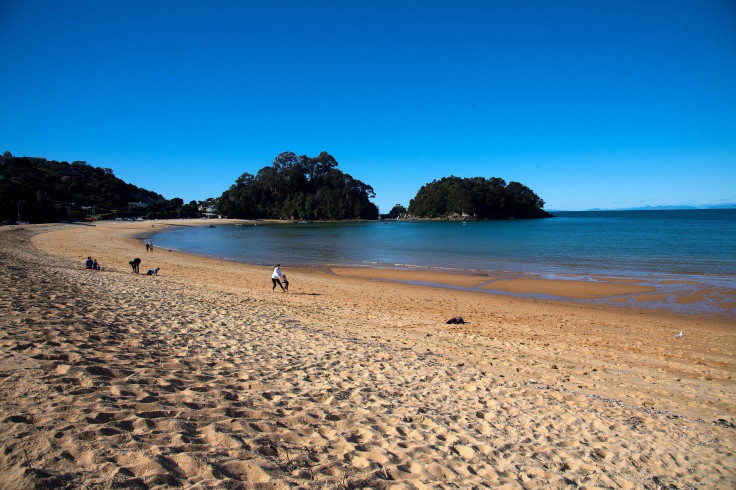Rare Catshark Found Beached In Australia, Photos Get Mixed Reactions

A strange-looking creature was found by a local passerby on the Golden Beach in Victoria’s Gippsland region, Australia, over the weekend. The marine animal was later identified as a catshark, which normally dwells at the bottom of the ocean, feeding on fishes, and rarely appears above the waters.
Photos of the rare sight were posted by Cosy Seaside Escape on its official Facebook page on June 22. “Walking along the beach and saw this cat shark who came out to sunbake,” the post read, followed by a bunch of hashtags. Since then, the post has received quite some attention, being shared 120 times and liked 80 times.
Some of the social media users were thrilled to see a rare species of shark on the beach. “That is incredible- nature at it’s best,” one user commented below the post, while another wrote, “Oh wow, what a sight!”
However, most others were concerned about the condition in which the creature was found as well as the rarity of the incident.
“I'm not sure if this is a good thing.. someone else spotted another one of these beached only a couple of weeks ago. What's going on in the deep sea that they are surfacing?” one comment read, while another one said, “I’m curious, are you sure its basking. Catsharks or ‘dogfish' are notcturnal [sic]. Also bad swimmers.”
Cosy Seaside Escape posted photos of the strange-looking marine animal to Facebook after it “came out to sunbake” on Golden Beach in the state’s Gippsland region over the weekend.https://t.co/qnJQMd9zkf
— The Weekly Times (@theweeklytimes) June 24, 2019
In reply to a user asking Cosy Seaside Escape whether a catshark sighting was rare, the vacation home rental company elaborated on the particular kind of species. “I'm not sure, I have read that they are one of the largest families of sharks. They are bottom feeders ie [sic] spend most if [sic] their time on the ocean floor eating small fish, and they are harmless to humans,” it replied.
In a 2016 research published in the journal Scientific Reports, lead author Dr. David Gruber and his team found catsharks and swell sharks that lived about 500 meters (1640 feet) below the surface of the water, where sunlight produced a blue light. They discovered that some of these sharks absorbed the blue light of the ocean and re-emitted it at lower energy wavelengths, in a process called biofluorescence.
“It is kind of like out of a sci-fi novel,” he said. “In 2014 we were studying biofluorescence in coral, and we accidentally got photobombed by a green fluorescent eel, and so we went on an expedition and found 180 species of biofluorescent fish.”






















